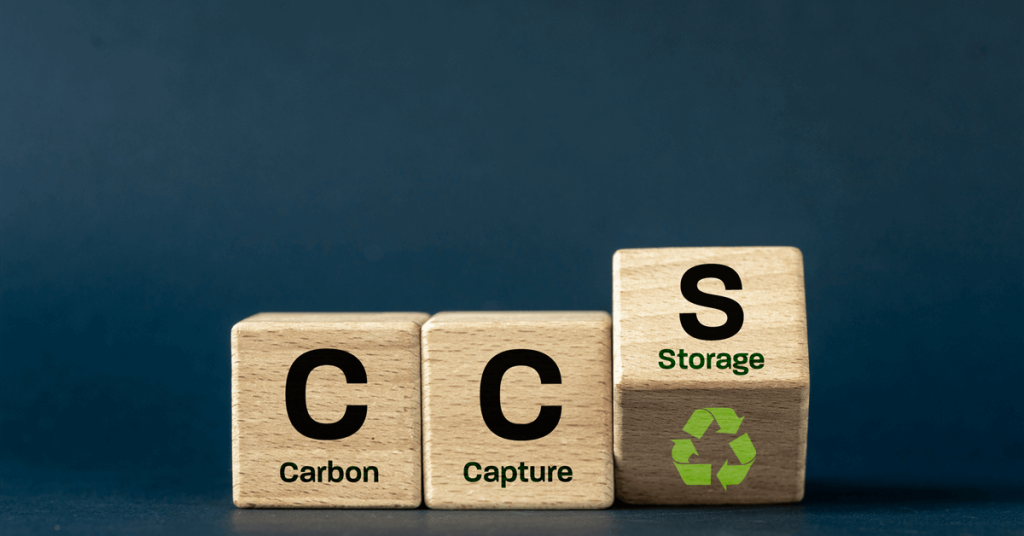SLB said it was awarded an engineering, procurement and construction (EPC) contract by Equinor for the OneSubsea joint venture related to a carbon dioxide (CO2) subsea injection system for the Northern Lights phase two project offshore Norway.
The project scope includes two new satellite subsea CO2 injection systems with associated tie-in equipment. Work has already started, with first deliveries expected in 2026, SLB said in a news release.
Financial terms were not disclosed.
The award follows the successful delivery of two subsea injection systems for the first phase of this project in 2023, SLB said.
Northern Lights is part of the world’s first open-source, full-scale value chain for CO2 capture, transport, and storage services. Phase two will increase the current capacity from 1.5 million to a minimum of 5 million metric tons of CO2 per year. Northern Lights phase two is also enabled by a grant from the Connecting Europe Facility for Energy (CEF Energy) funding scheme, according to the release.
The final investment decision for phase two was made by the Northern Lights’ owners TotalEnergies, Shell and Equinor following a commercial agreement with an end-use customer, marking a decisive milestone for the adoption of carbon capture and storage (CCS) at scale, the release said.
“Equinor’s enduring commitment to subsea standardization is now yielding substantial benefits across new offshore value chains, including CO2 storage. By utilizing standardized components, we achieve reduced risk and economies of scale, which enhance both traditional and innovative subsea projects,” SLB OneSubsea CEO Mads Hjelmeland said.
“The Northern Lights project is pivotal for Europe’s path toward net-zero emissions, and it is well aligned with our own strategy to expand the frontiers of subsea for a sustainable energy future,” he added.
In May, Northern Lights received confirmation that all the required permits are in place to start injecting and storing CO2 in the Aurora CCS license in the North Sea. Phase one development of Northern Lights is completed, fully booked and ready to receive CO2 from industrial customers, and operations are scheduled to begin in the second half, according to the release.
Collaboration with Cactus Drilling
Last week, SLB entered into a strategic collaboration agreement with Cactus Drilling, the largest privately held land drilling contractor in the USA, to expand the adoption of automated and autonomous drilling solutions.
The collaboration “aims to deliver optimized performance through enhanced operational efficiency and consistency in execution by scaling advanced digital solutions,” SLB said in an earlier statement.
Under the agreement, Cactus will build on its current use of SLB’s Precise automated drilling control systems by integrating DrillSync, SLB’s automated controls platform and software suite.
“This collaboration signifies a new chapter in the adoption of SLB’s digital drilling solutions, offering a pathway for scaling intelligent solutions to improve drilling performance and safety,” Cecilia Prieto, president of well construction for SLB, said. “This agreement with Cactus is an important step in shaping the future of well construction and aligning performance goals between SLB, drilling contractors and operators”.
“The expanded partnership with SLB allows us to offer our customers the benefits of leading-edge automation and control technology and leaves us well-positioned to deliver even greater value by strengthening the safety, precision and consistency of our drilling operations,” Cactus Drilling President and CEO Josh Simons.
To contact the author, email rocky.teodoro@rigzone.com
Generated by readers, the comments included herein do not reflect the views and opinions of Rigzone. All comments are subject to editorial review. Off-topic, inappropriate or insulting comments will be removed.
element
var scriptTag = document.createElement(‘script’);
scriptTag.src = url;
scriptTag.async = true;
scriptTag.onload = implementationCode;
scriptTag.onreadystatechange = implementationCode;
location.appendChild(scriptTag);
};
var div = document.getElementById(‘rigzonelogo’);
div.innerHTML += ” +
‘‘ +
”;
var initJobSearch = function () {
//console.log(“call back”);
}
var addMetaPixel = function () {
if (-1 > -1 || -1 > -1) {
/*Meta Pixel Code*/
!function(f,b,e,v,n,t,s)
{if(f.fbq)return;n=f.fbq=function(){n.callMethod?
n.callMethod.apply(n,arguments):n.queue.push(arguments)};
if(!f._fbq)f._fbq=n;n.push=n;n.loaded=!0;n.version=’2.0′;
n.queue=[];t=b.createElement(e);t.async=!0;
t.src=v;s=b.getElementsByTagName(e)[0];
s.parentNode.insertBefore(t,s)}(window, document,’script’,
‘https://connect.facebook.net/en_US/fbevents.js’);
fbq(‘init’, ‘1517407191885185’);
fbq(‘track’, ‘PageView’);
/*End Meta Pixel Code*/
} else if (0 > -1 && 66 > -1)
{
/*Meta Pixel Code*/
!function(f,b,e,v,n,t,s)
{if(f.fbq)return;n=f.fbq=function(){n.callMethod?
n.callMethod.apply(n,arguments):n.queue.push(arguments)};
if(!f._fbq)f._fbq=n;n.push=n;n.loaded=!0;n.version=’2.0′;
n.queue=[];t=b.createElement(e);t.async=!0;
t.src=v;s=b.getElementsByTagName(e)[0];
s.parentNode.insertBefore(t,s)}(window, document,’script’,
‘https://connect.facebook.net/en_US/fbevents.js’);
fbq(‘init’, ‘1517407191885185’);
fbq(‘track’, ‘PageView’);
/*End Meta Pixel Code*/
}
}
// function gtmFunctionForLayout()
// {
//loadJS(“https://www.googletagmanager.com/gtag/js?id=G-K6ZDLWV6VX”, initJobSearch, document.body);
//}
// window.onload = (e => {
// setTimeout(
// function () {
// document.addEventListener(“DOMContentLoaded”, function () {
// // Select all anchor elements with class ‘ui-tabs-anchor’
// const anchors = document.querySelectorAll(‘a .ui-tabs-anchor’);
// // Loop through each anchor and remove the role attribute if it is set to “presentation”
// anchors.forEach(anchor => {
// if (anchor.getAttribute(‘role’) === ‘presentation’) {
// anchor.removeAttribute(‘role’);
// }
// });
// });
// }
// , 200);
//});

